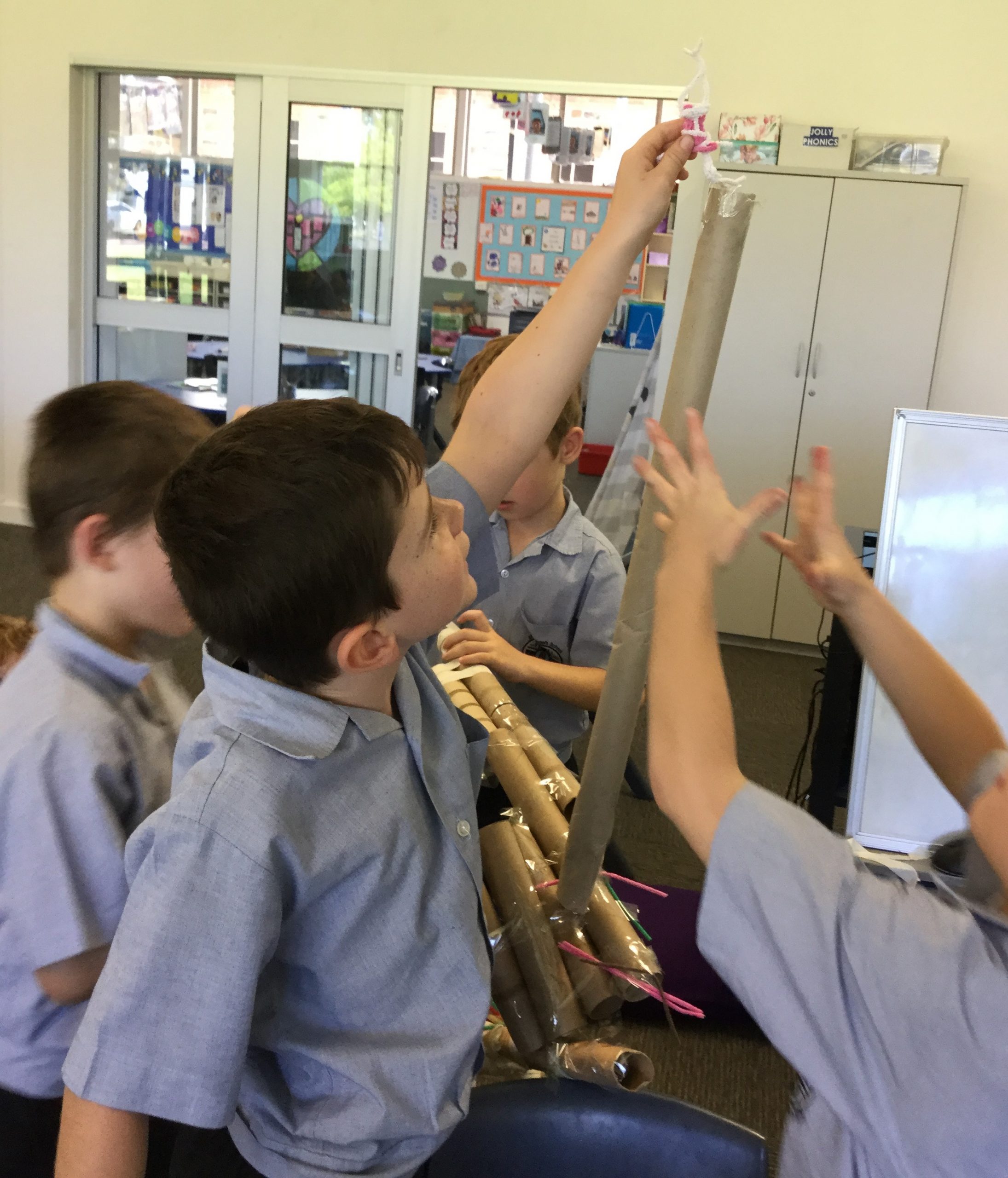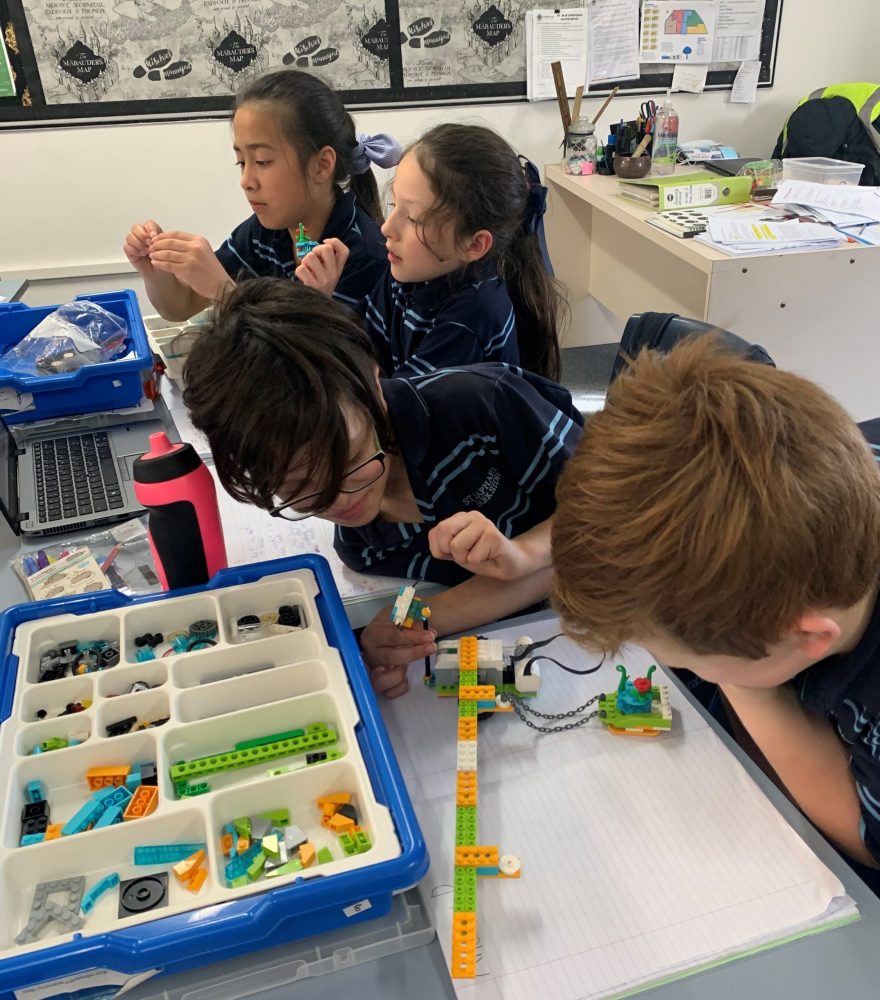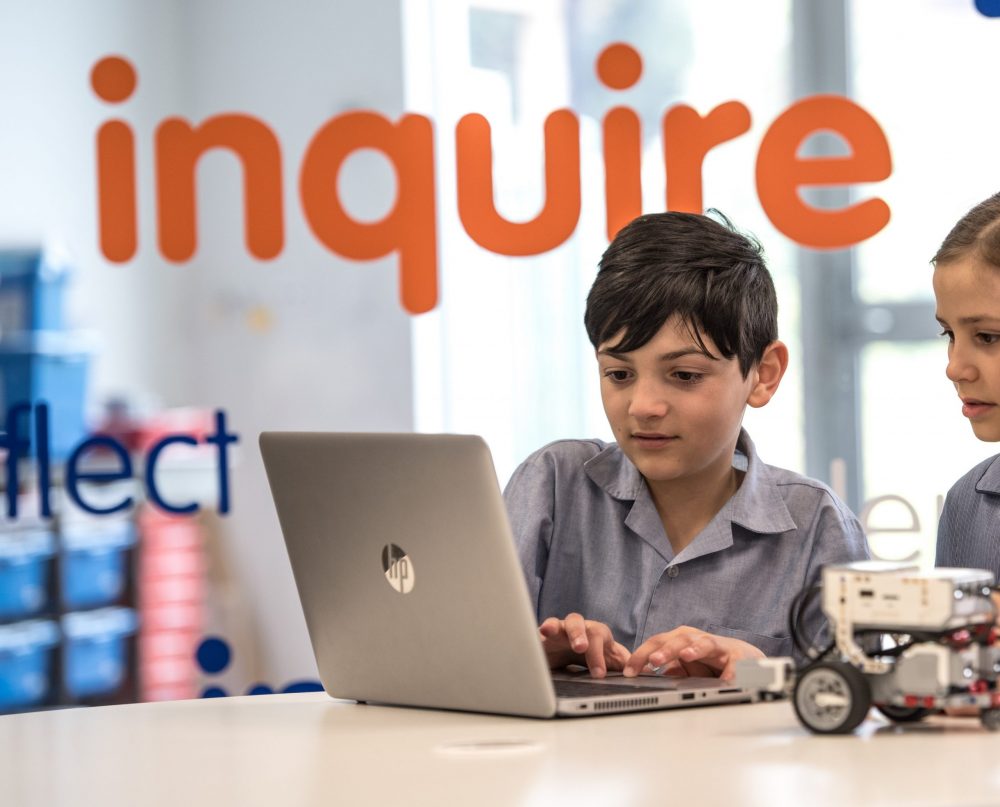With Deborah Hansen – St Raphael’s School Numeracy and STEM Coach
We hear a lot about STEM. It’s an area that, every year, educators are increasingly focused on when looking for more effective and meaningful ways to connect with and engage students.
But what does STEM mean exactly? And what does it look like in a Primary School environment?
To find out, we chat with Deborah Hansen, the Numeracy and STEM Coach at St Raphael’s School about what STEM means, why it’s important for our kids, and some common approaches for STEM education in the classroom.

WHAT IS STEM?
For the uninitiated, tell us what STEM actually is!
STEM is science, technology, engineering, and mathematics. These are all areas of learning that can be integrated to allow our students to be prepared for the 21st century. STEM allows children to become critical and creative thinkers. It creates problem solvers, innovators and inventors.

How do children learn STEM – what does this look like in a primary school environment?
STEM in a primary school environment allows students to use the learner dispositions to solve real life problems.
Students explore ethical, moral and historical implications of authentic problems. They use innovation and experimentation to design solutions. They use a hands-on approach to design, plan and evaluate solutions. They use critical and creative thinking to solve algorithmic problems which solves not only the problem at hand but allows students to enhance their skills and knowledge.
Why is it so important for children to learn STEM at an early age? What benefits do kids get from STEM?
When STEM is introduced to students from Reception it allows them to understand their thinking, ask questions, explore and evaluate. Children are naturally curious and need to be encouraged to be creative and critical. Our students need to be prepared for the 21st century and in order to do this we need to ensure STEM is a major focus in our teaching.

What is it about hands on physical STEM learning that works for teaching creativity and problem solving? Why do you think it works?
The transdisciplinary approach allows each aspect of STEM to bring a different lens to problem solving.
A hands-on approach fosters ingenuity and creativity which leads to new ideas and more creative innovations. When students are in a safe environment, they learn to take more risks and collaborate to solve problems in different ways. Without risk taking and experimentation many of the world’s problems would never have been solved, so it is imperative to teach students the importance of this from primary school.
STEM education allows students to learn new skills and acquire knowledge they will use to solve real problems in the future.
As a leader in STEM I have seen how the students develop their skills and become more confident to take risks in order to solve problems. They become more persistent and each activity encourages and enhances their ability for the next problem.
STEM allows us to create the leaders, scientists, developers, analysists and problem solvers for the future.
FREE STEM EXPERIENCE
St Raphael’s School is hosting a FREE STEM experience on Tuesday 19 January 2021, where children between 4 and 11 years old and their parent or caregiver can ‘flex their thinking’ and solve problems and find solutions to STEM challenges using robotics, engineering and construction.
For more information or to register to attend:







